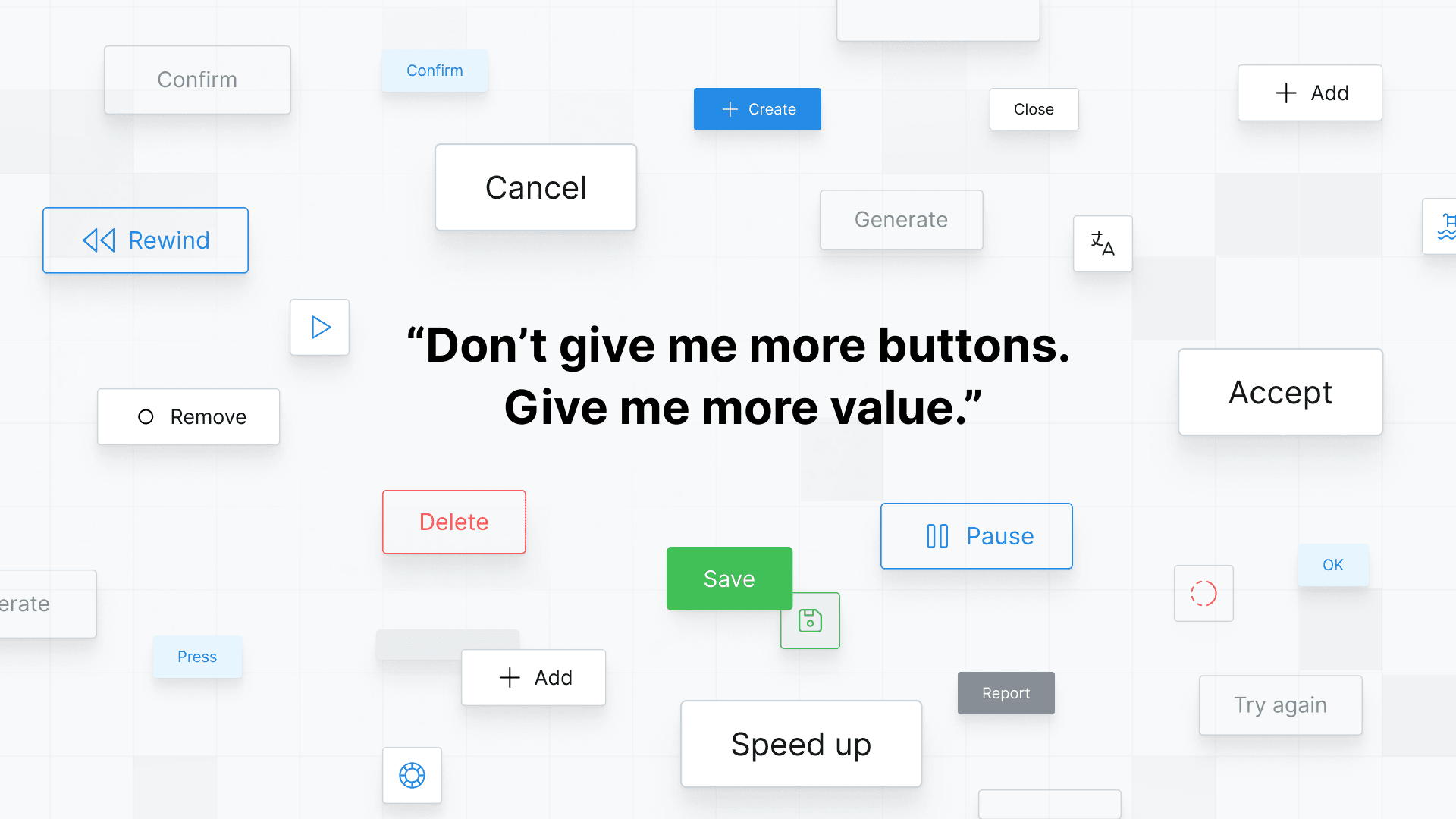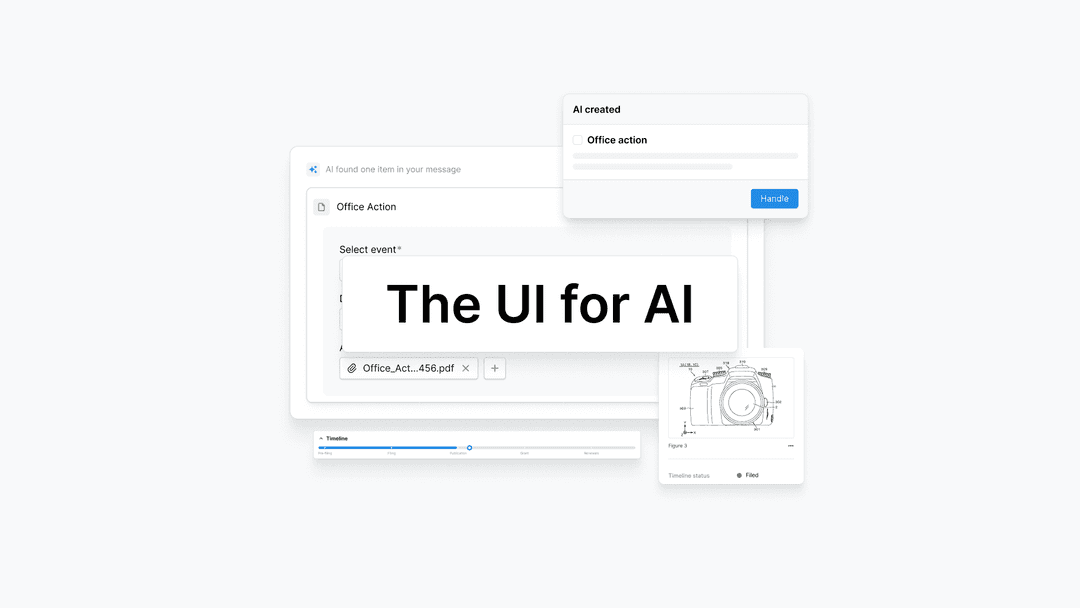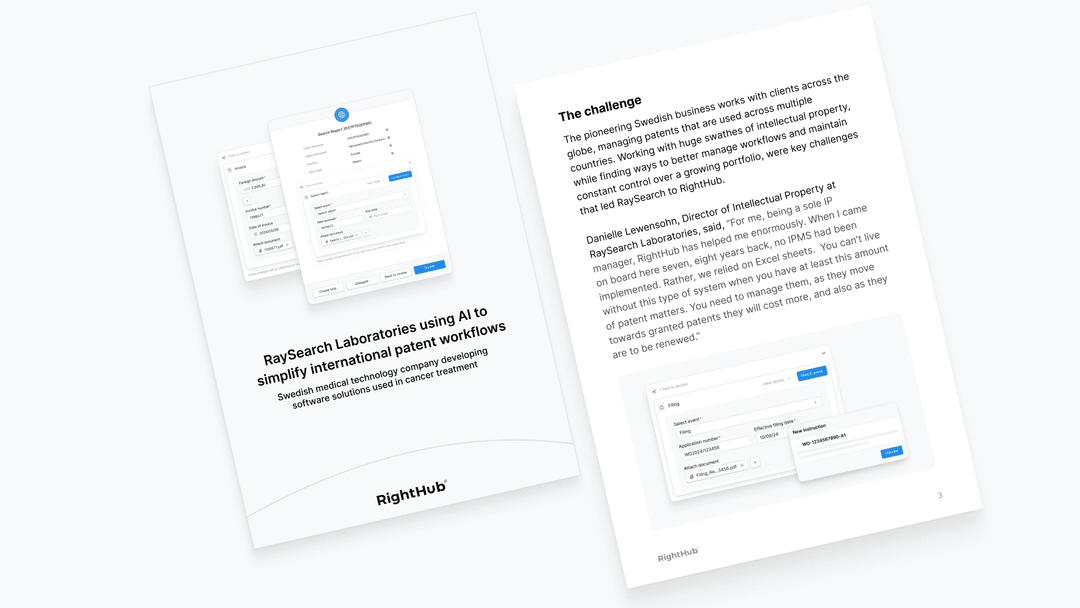Knowledge
Build What Matters: Why B2B Software Fails—and How to Fix It

By Toni Nijm, Chief Product Officer, Anaqua & Former CEO, RightHub
In the world of B2B software, there’s a silent epidemic: we’re building too much that no one wants.
I’ve spent my career at the intersection of technology, intellectual property (IP), and entrepreneurship—from founding startups to leading product strategy at global enterprises. One truth has remained constant: clients don’t want features—they want outcomes. Yet, too often, software companies lose sight of this.
The Feature Fallacy
In large organizations, it’s easy to fall into the trap of building for the sake of building. Teams add features because a client once mentioned it, or because it looks good in a demo. But these features often go unused. They clutter the interface, confuse users, and dilute the product’s core value.
It reminds me of the mobile phone industry before the iPhone. Nokia and Sony Ericsson had the best hardware and endless features—most of which were buried in menus no one ever opened. Then Apple came along and said: “Here’s the internet. Here’s your music. Here’s your email. One tap.” That’s what users wanted. That’s what they paid for.
The IP Industry’s Moment of Reckoning
The IP management software industry is at a similar inflection point. For decades, platforms have focused on administrative tasks—tracking deadlines, managing renewals, storing records. These are essential, but they’re not enough.
Today’s IP professionals—especially the new generation of attorneys and portfolio managers—expect more. They want automation, real-time insights, and tools that help them make strategic decisions, not just stay compliant.
At Anaqua, we’re seeing this shift firsthand. In nearly every customer conversation, the message is the same: “Don’t give me more buttons. Give me more value.”
What Clients Actually Want
We’ve identified two major pain points that clients—both corporates and law firms—are desperate to solve:
1. IP Operations Automation
The administrative burden of IP management is staggering. Filing, prosecuting, renewing, and enforcing IP rights is still largely manual. We have re-imagined the IP operations of the future and built solutions from the ground up that automates up to 90% of these tasks while still having a human in the loop where needed.
2. Smart Innovation Capture
Before IP is even filed, there’s a goldmine of ideas in R&D teams. But most companies lack a structured way to capture, refine, and evaluate these ideas. Our “Smart Innovation” approach uses AI and customer-specific data to help inventors shape better disclosures and IP teams to prioritize what matters.
These aren’t just tools—they’re ROI engines.
The Four Dimensions of Value
To build software that matters, we evaluate every initiative across four dimensions:
- Market Segment: Corporate vs. Law Firm
- Customer Size: From Startups to Multinationals
- IP Focus: Patent-heavy vs. Trademark-heavy
- User Persona: Attorneys, Paralegals, Inventors, Portfolio Managers, and more
Each persona sees and consumes the same data differently. A paralegal needs deadline alerts. An attorney needs document, analysis drafting and collaboration. A chief IP counsel needs strategic dashboards. A one-size-fits-all approach fails them all.
The AI Imperative
AI is not a buzzword—it’s a necessity. But it must be purposeful. We’re embedding AI where it delivers real impact: automating data entry, surfacing insights, and accelerating decision-making. Not because it’s trendy, but because it saves time, reduces risk, and drives better outcomes.
Final Thought: Build What People Will Pay For
My job is simple: build things people want to pay for. This is when real value is created. That means listening deeply, validating relentlessly, and measuring success by client outcomes—not feature counts.
In B2B software, especially in IP management, the winners won’t be those with the longest feature list. They’ll be the ones who solve the right problems, for the right people, in the right way, and most importantly, in the simplest way possible.
Let’s stop building for the roadmap. Let’s start building software that will deliver outcomes.


